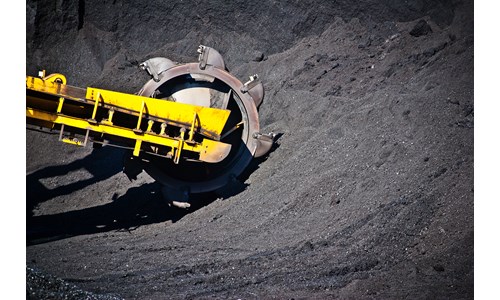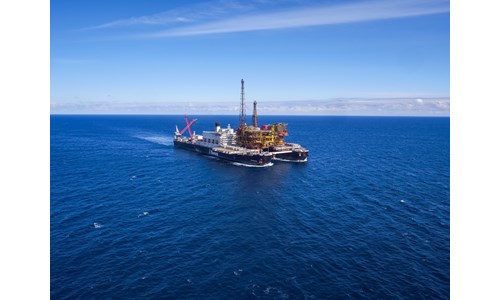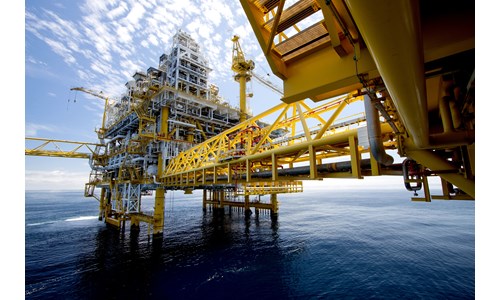A second Trump administration Part 2: A deep dive into energy and commodities
*Please note that this report only includes an Excel data file if this is indicated in "What's included" below
Report summary
Table of contents
- Executive summary
-
Power and renewables
- Power demand: load growth will remain resilient
- US solar: the near-term pipeline is robust and longer dated projects face policy risk
- Offshore wind: deployment risk arises from 2040
- Onshore wind: potential changes to the IRA present downside risk
- Energy storage: exposed to policy changes in the IRA
- Corporate trends: investors will reassess their US wind
- Domestic gas demand: deregulation supports demand growth through 2030
-
Emerging technologies
- Carbon removal technologies: the 45Q remains safe as other IRA incentives are pressured
- Low-carbon hydrogen: near term momentum slows until 45V guidance emerges
- Nuclear Small Modular Reactors (SMRs): policy and market support to continue
-
Commodities
- Liquefied Natural Gas (LNG): permitting reform is a good first step to boosting new US LNG supplies
- Oil markets: slower economic growth drives oil global demand and prices lower
- L48 upstream: activity shifts on the margin while net zero goals remain
- US refining: trade tensions benefit traditional refiners while renewable fuels lose steam
- US chemicals: feedstock advantages and potential tariff protections boost competitiveness. Retaliatory trade risk rises.
- Coal: short-term demand uplift but no return to the halcyon days of the past
- Metals: US tariff policies risk pushing metals prices higher
-
Trade, carbon, and methane
- Trade tariffs: the world should brace itself for more protectionism
- Carbon: state-level compliance markets remain
- Methane regulations: the mandate from the Environmental Protection Agency (EPA) will be challenged
- Environmental Social and Governance (ESG): investors will continue to push for disclosures
Tables and charts
This report includes the following images and tables:
- US net-energy related emissions, Bt CO2e
What's included
This report contains:
Other reports you may be interested in
Top 10 election takeaways for US upstream
Ten ways a second Trump administration could impact US upstream
$1,350What would a second Trump presidency mean for US oil production?
There are levers that a second Trump administration would likely pull to positively affect production at the margin.
$1,350














